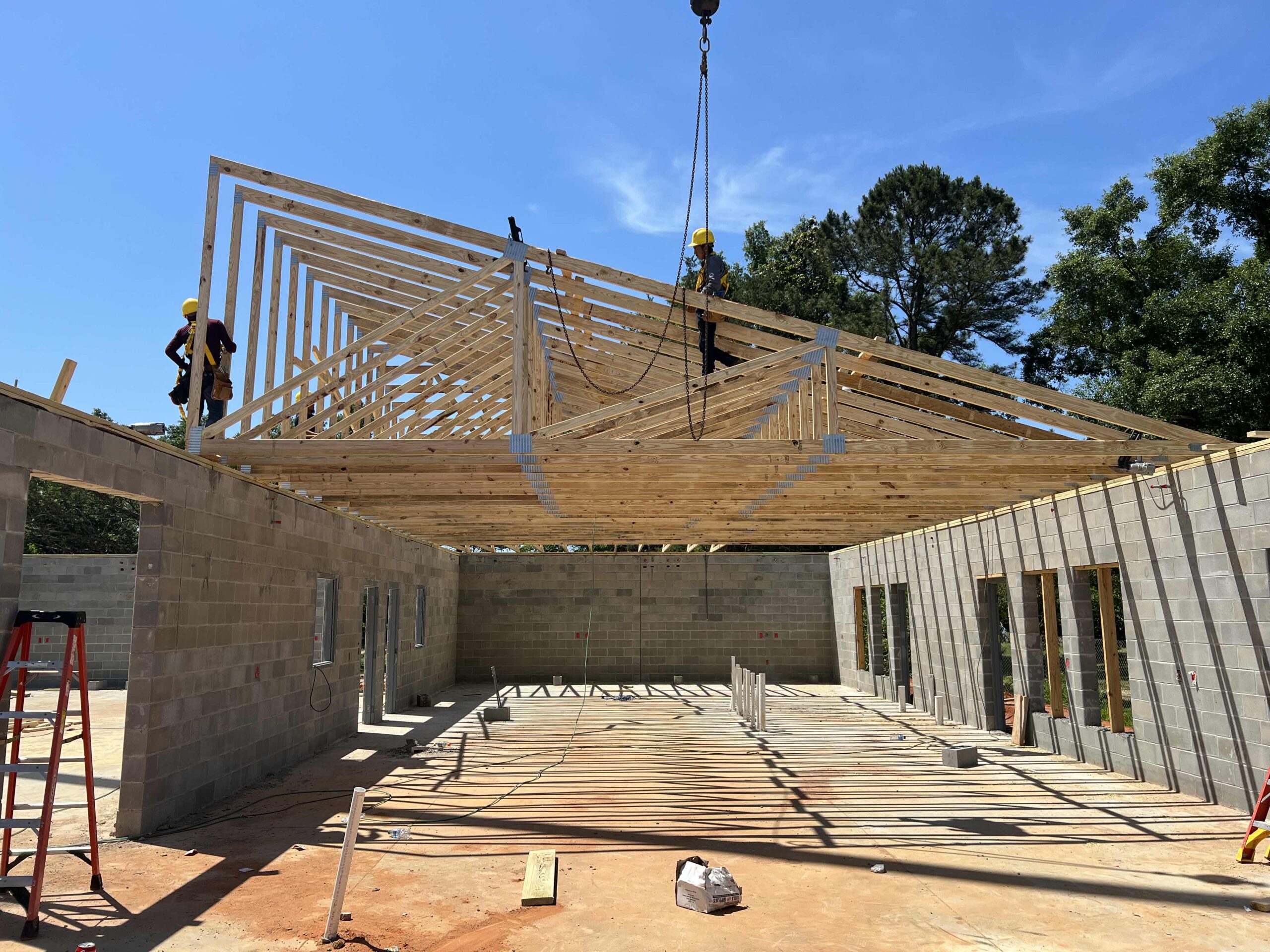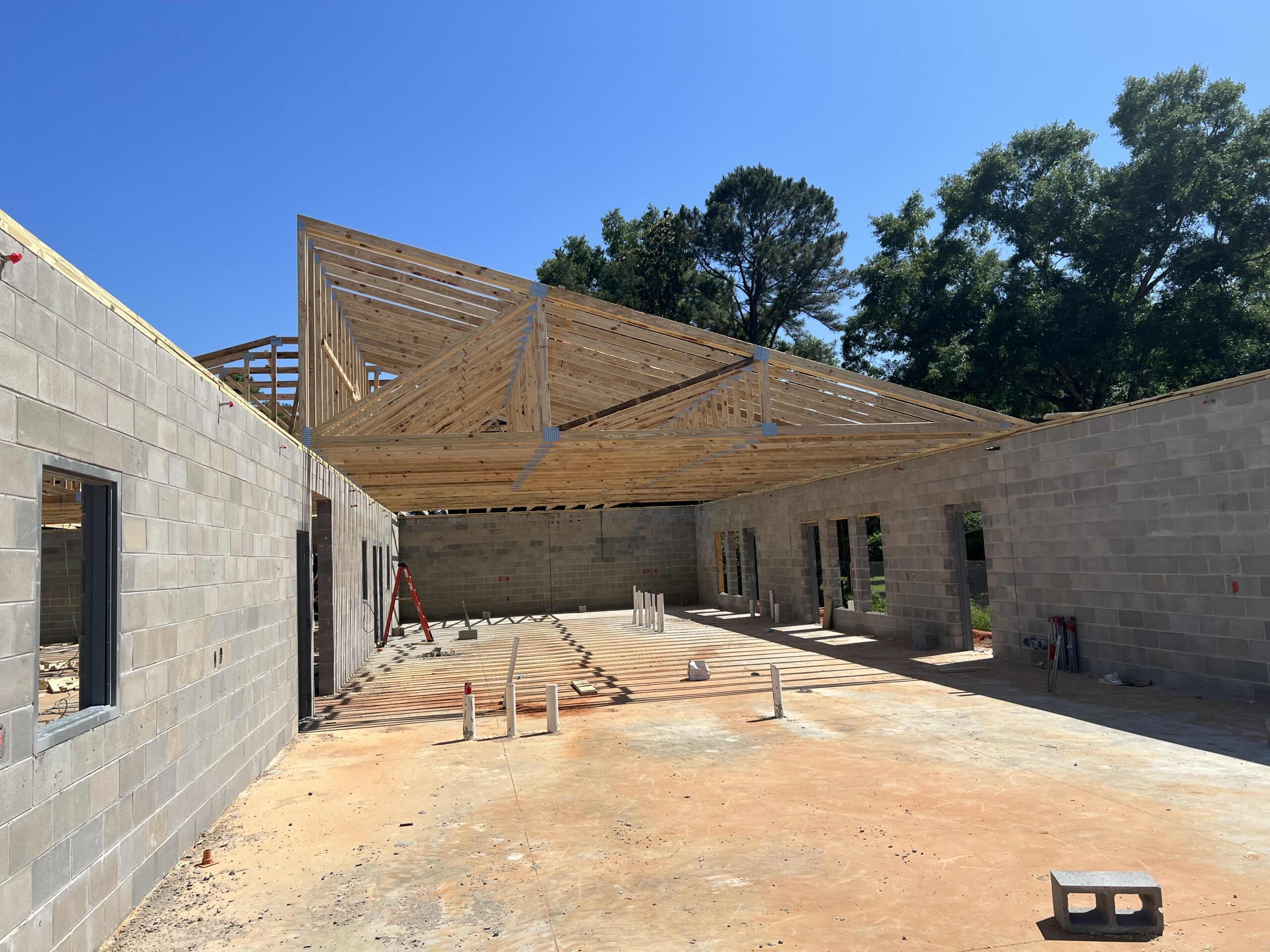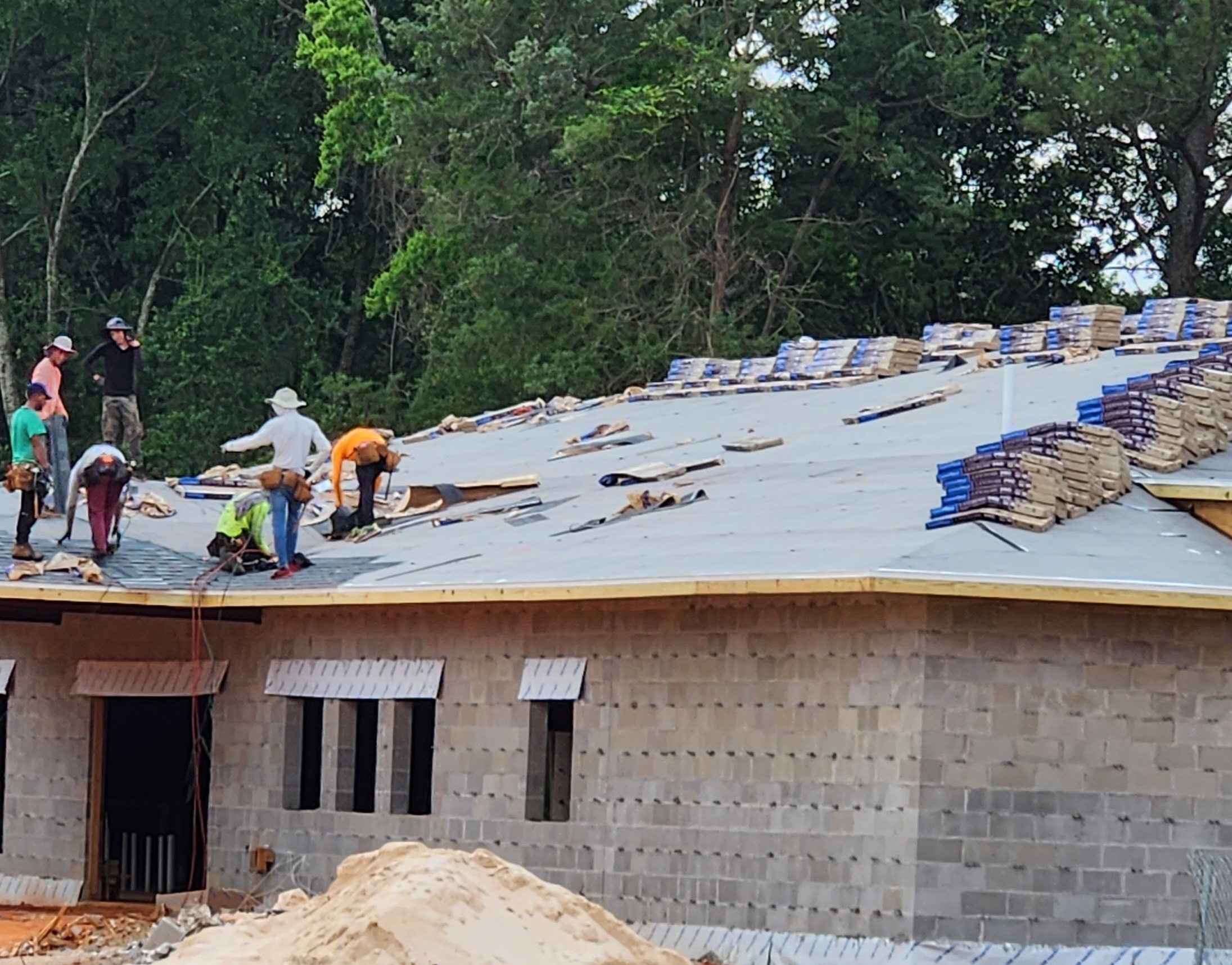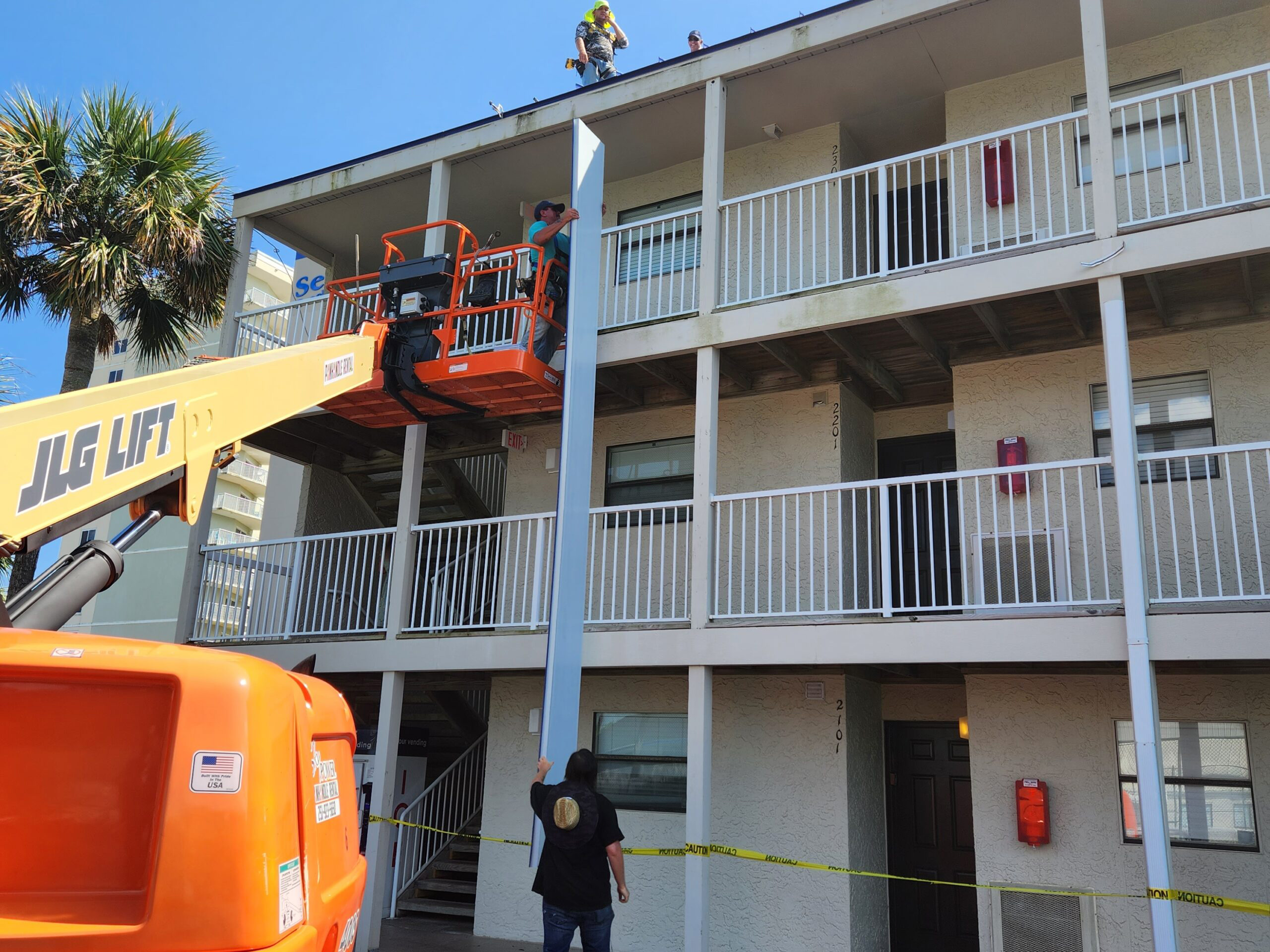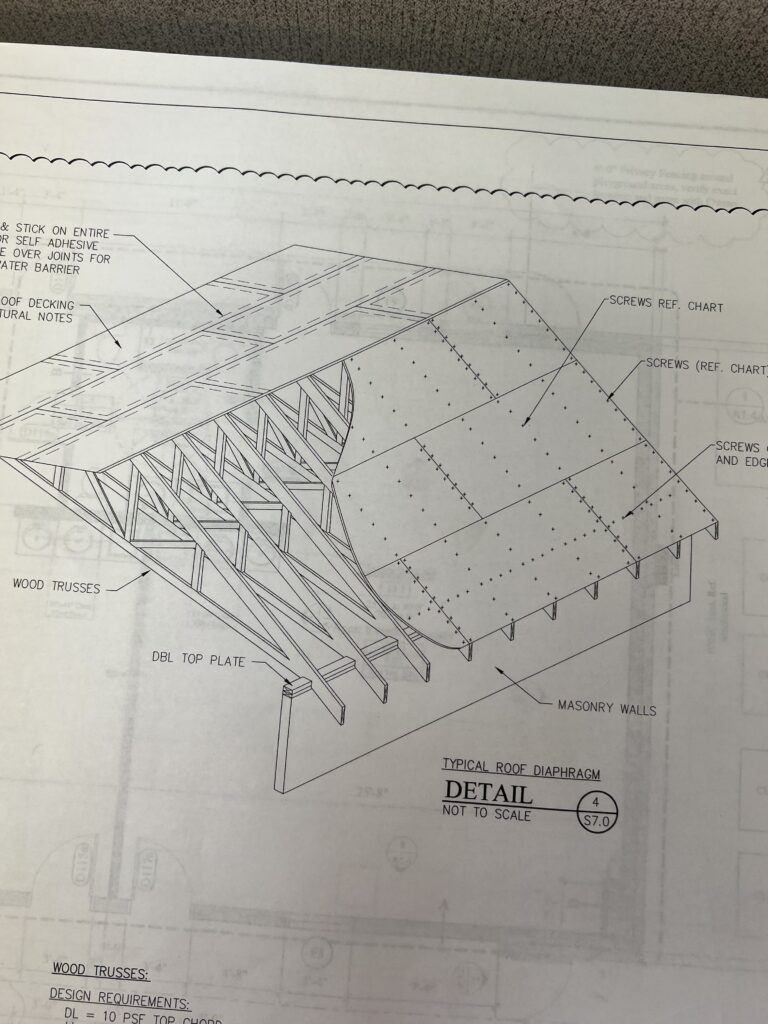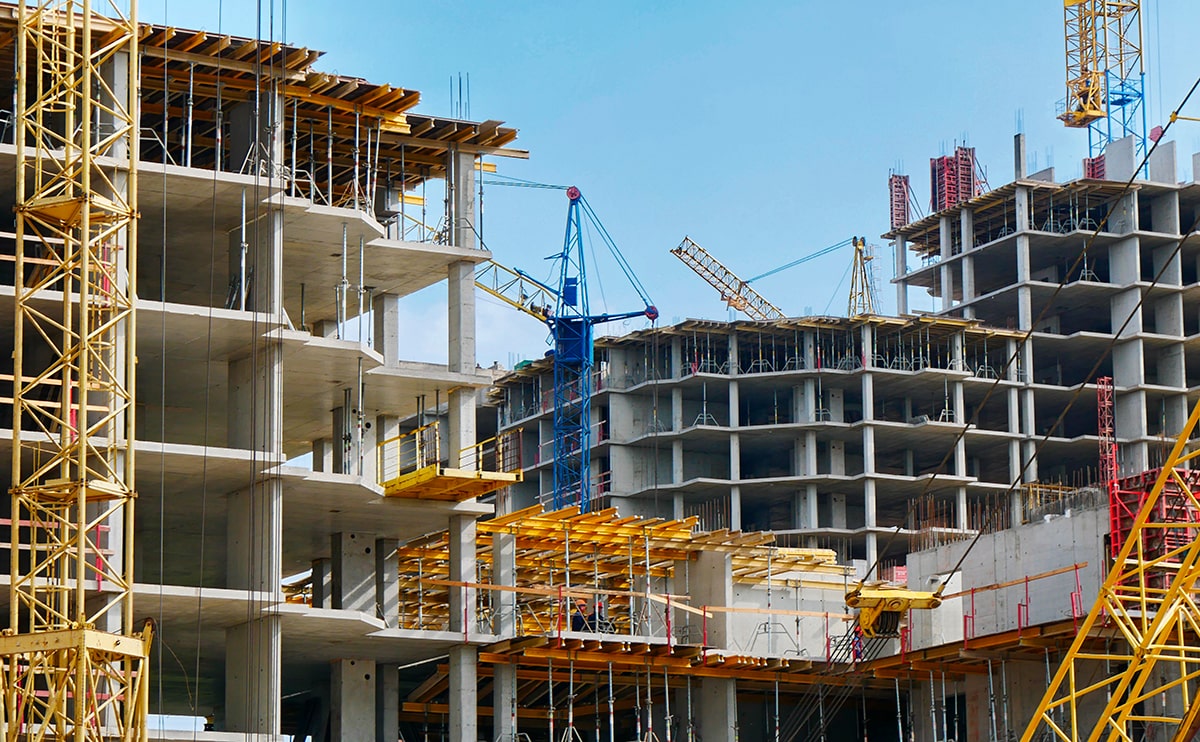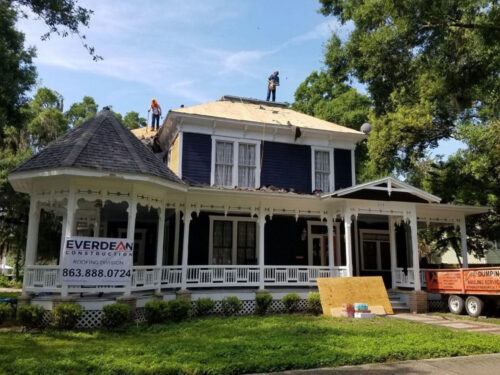Color plays a significant role in the performance and aesthetics of a roof. Beyond its visual impact, color selection can affect energy efficiency, durability, and overall performance. In this blog post, we will delve into the art and science of color planning for roofing, exploring how different colors can influence various performance requirements.
Energy Efficiency:
Color choice can have a significant impact on the energy efficiency of a roof. Light-colored or reflective roofing materials, such as white or light gray, can help reflect sunlight and reduce heat absorption. This, in turn, can lower cooling costs during hot seasons and contribute to a more energy-efficient home. Dark-colored roofs, on the other hand, absorb more heat, which may be advantageous in colder climates or for homes with a higher heating demand.
Durability and Longevity:
Color selection can also influence the durability and longevity of a roof. Certain colors, particularly lighter shades, may be more prone to showing signs of dirt, debris, or discoloration over time. Choosing darker or mottled color options can help conceal these imperfections and maintain the roof’s visual appeal for a longer period. Additionally, some roofing materials are available with protective coatings or pigments that enhance their resistance to fading, UV radiation, and weathering.
Climate Considerations:
The climate of your location should also guide your color planning decisions. In warmer climates, where excessive heat is a concern, lighter colors can help reflect sunlight and minimize heat buildup. This can reduce the strain on cooling systems and enhance the comfort of your home. In colder climates, darker colors can aid in heat absorption, contributing to improved energy efficiency and potential snowmelt. Consider consulting with roofing professionals who are knowledgeable about regional climate conditions to make informed color choices.
Architectural Integration and Aesthetics:
Color planning should also take into account the architectural style and overall aesthetics of your home. The roof’s color should complement the exterior facade, siding, and other architectural elements. Harmonizing the color scheme creates a cohesive and visually appealing look. Additionally, consider the surroundings and neighborhood aesthetics to ensure that your roof color blends well with the overall environment.
Color planning for residential roofing projects involves both art and science. By considering factors such as energy efficiency, durability, climate considerations, architectural integration, and local regulations, homeowners can make informed decisions that balance performance requirements with aesthetic preferences. Consulting with roofing professionals, like Everdean Construction, can provide valuable insights and expertise to guide you in selecting the ideal roof color that not only enhances the performance of your roof but also adds beauty and value to your home.

